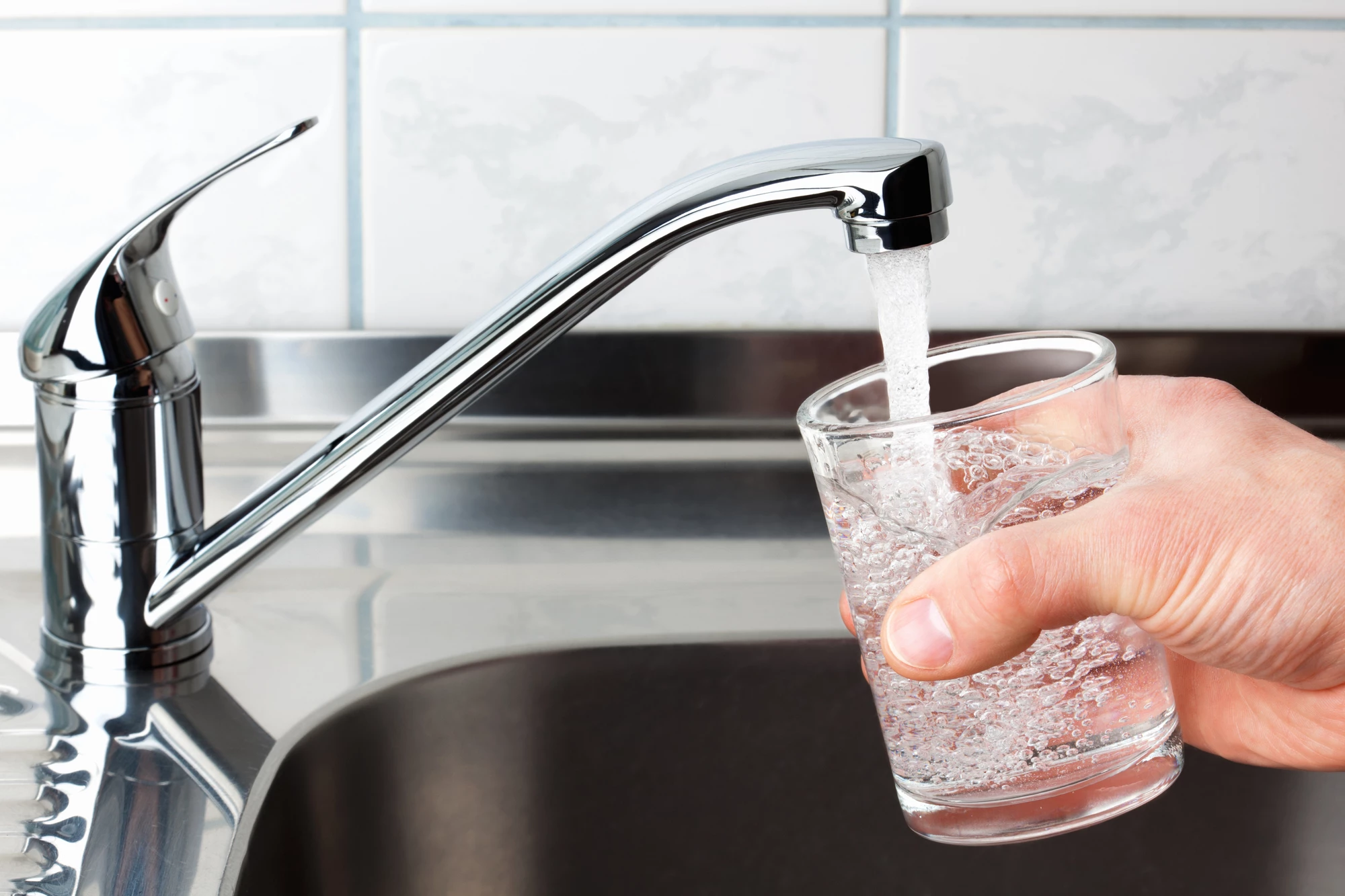Chlorine has long been used as an effective way of removing microorganisms, including bacteria, from drinking water but it has been linked to health problems. In a new study, researchers looked at how the bacteria responded when chlorine was removed from the purification process, opening the door to using harmless 'predatory' bacteria as an alternative to chlorine.
A glass of clean drinking water contains about 10 million bacteria, but they’re harmless thanks to the processes the water undergoes before it comes out of the faucet. Water purification involves several stages: filters to physically remove particles and microorganisms, and UV light that acts as a further disinfectant, but the last stage is almost always the addition of chlorine.
Chlorine – in the form of monochloramine – is an effective disinfectant, but it’s not without its problems. Although monochloramine is less likely than free chlorine to convert organic materials into carcinogenic byproducts, the risk remains. Studies have found a link between chlorinated drinking water and these byproducts and an increased risk of colorectal cancers.
When, in 2020, the city of Varberg on Sweden’s west coast installed an ultrafiltration system to prevent microorganisms from entering the drinking water from lakes and groundwater, they stopped using chlorine as a disinfectant. Researchers from Lund University took advantage of the situation to test how removing chlorine affected the bacteria that grew in the city’s water system.
“Chlorine is an effective way to minimize growth of bacteria, but there’s a risk of potential health impacts from byproducts that form with the chlorine,” said Catherine Paul, corresponding author of the study. “Chlorine has been linked to cancer and fetal damage and studying whether chlorine could be replaced by other methods is therefore relevant.”
The inside of the pipes transporting drinking water is similar to the lining of the human gut. They are coated with a biofilm that protects and supports good and bad bacteria, kind of like a water pipe microbiome. Previous studies have shown that bacteria found in drinking water mirror those found in the pipe’s microbiome, and many are harmless to humans.
The researchers analyzed samples taken from different points in Varberg’s water distribution network over six months before and after removing chlorine. Using DNA sequencing, they identified the bacteria they’d collected from the water system’s microbiome. A year after the chlorine had been removed, they collected more samples to see if the microbiome had changed.
“It’s as if a new restaurant had moved in,” Paul said. “Chloramine kills certain bacteria, but we could see it was feeding other bacteria. During the period we could see how the bacterial buffet changed.”
In the third month after chlorine had been removed from the water system, the researchers found that certain bacteria had significantly reduced in number, but one type of bacteria had increased: Bdellovibrio, renowned for being a predator that preys on other bacteria, including antibiotic-resistant pathogens. It’s non-toxic to human cells.
“We have not seen this exact type of bacteria in previous studies of this drinking water network,” said Paul. “It has probably been lying concealed in the biofilm but was now given an opportunity. It’s totally harmless for us humans. Our conclusion is thus that it is possible to have safe and clean drinking water without chlorine. We observed no increased risk, which of course was very important for the water company and their customers.”
Now that the researchers are aware of the bacteria that can grow in drinking water after chlorine has been removed, they are keen to know the effect of those bacteria on humans.
“More studies are required in order to better understand how nature works within urban and built environments,” Paul said. “I would really like to know how all the drinking water bacteria affect us. They are not harmful, but could they even [be] good for us?”
Ultimately, the researchers say that using bacteria as an alternative to chlorine presents a less costly, more energy-efficient way to purify drinking water.
“Each method has its advantages and disadvantages,” Paul said. “UV light is an effective method, but one disadvantage is that the lamps use a lot of energy. Biofilters often don’t require any energy at all but take up a considerable amount of space. Ultrafilters are expensive. Many drinking water treatment plants in Sweden purify water using a combination of methods. However, our study shows that chlorine is not essential if you have other strategies to deal with, and monitor, bacteria.”
The study was published in the journal NPJ Clean Water.
Source: Lund University





